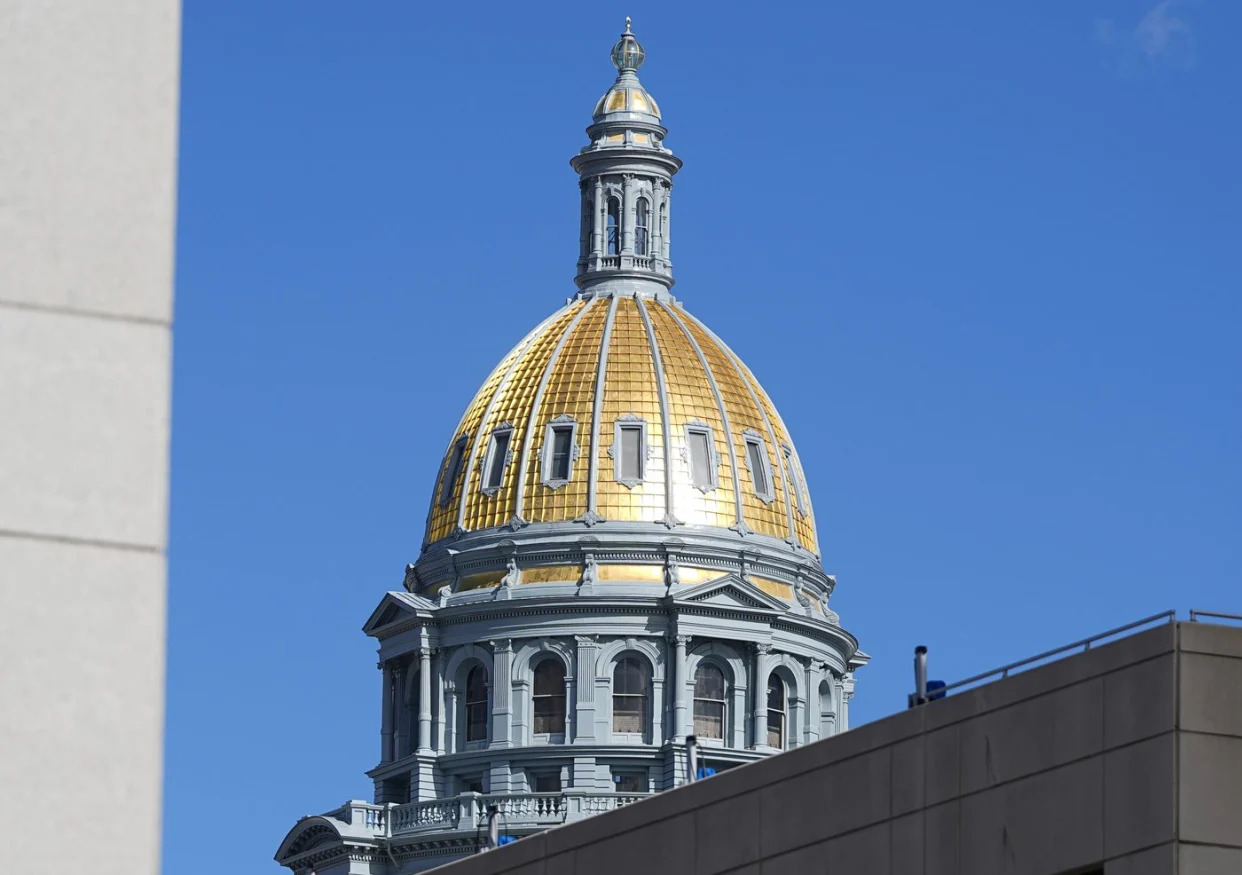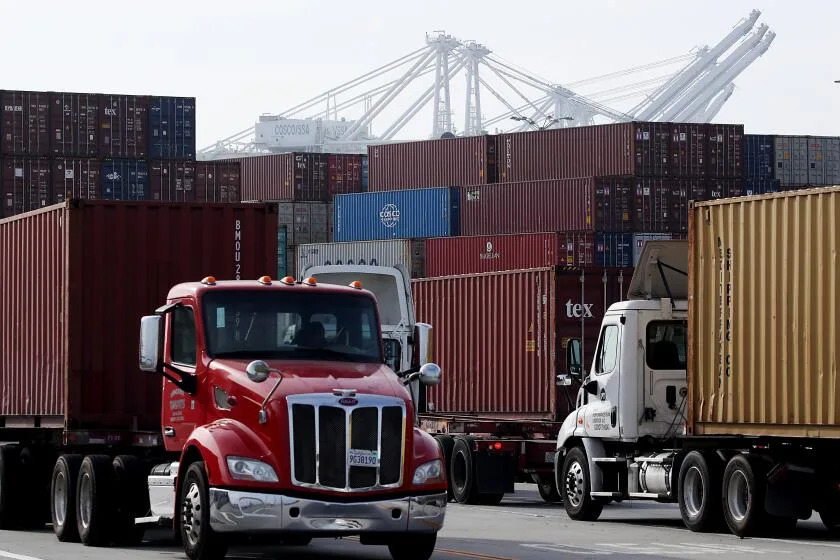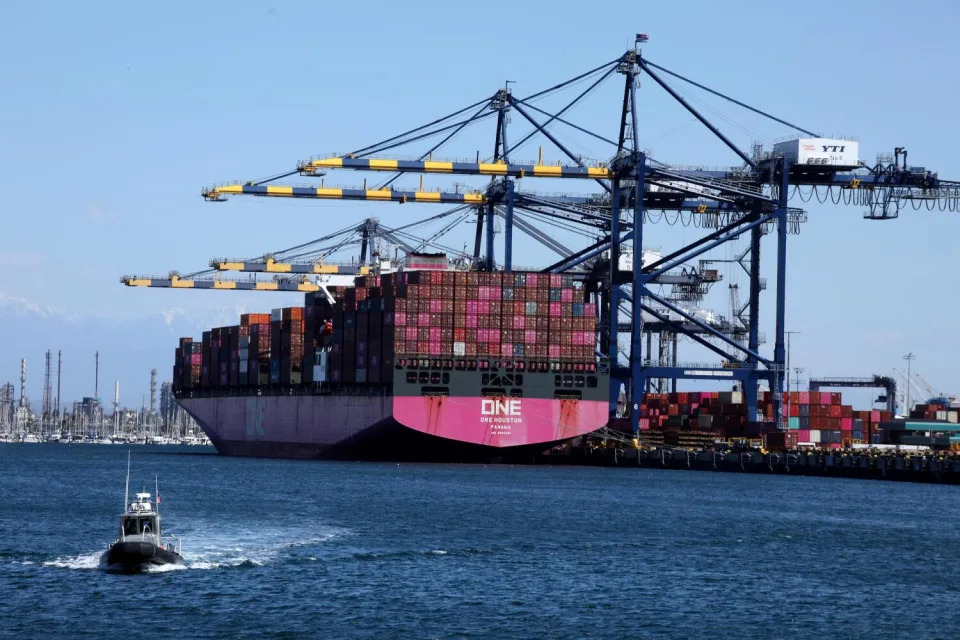Nick Perry
Thu, June 13, 2024



The Associated Press
MEREDITH, N.H. (AP) — Martha's Vineyard was running out of pot, just as thousands of summer vacationers were starting to arrive.
But on Thursday, Massachusetts regulators averted a cannabis drought by issuing an administrative order that will allow pot to be transported to Martha's Vineyard and Nantucket islands for the first time.
On Martha's Vineyard, one dispensary temporarily closed in May after it ran out of marijuana and another said it would close by September.
The Island Time dispensary had filed a lawsuit against the state Cannabis Control Commission. The other dispensary, Fine Fettle, was the sole grower of pot on the island and had provided all the pot for sale. But Fine Fettle had said the small grow operation was no longer economically feasible and was closing it down.
There are more than 230 registered medical users and thousands more recreational ones on Martha’s Vineyard. The year-round population of 20,000 grows to more than 100,000 in the summer, as many wealthy people move into vacation homes.
Although Massachusetts voters opted to legalize marijuana more than seven years ago, the state commission had previously not allowed transportation of pot to the islands. It had taken the position that transporting pot across the ocean — whether by boat or plane — risked running afoul of federal laws.
So as to avoid any federal complications, the commission spells out in its administrative order that the route the pot must be transported to the islands must remain entirely within state territorial waters. That means that the marijuana won't be able to be transported on the ferry but will instead need to be shipped on alternative, approved boats.
Island Time owner Geoff Rose said he was nothing short of ecstatic.
“I can't wait to reopen. My staff is excited,” Rose said. “It's all good.”
He said he was still working through the details on delivery but hoped to have the doors to his dispensary reopened sometime next week.
Adam Fine, a lawyer for Vicente, which is representing the dispensary, said they were ready to drop the lawsuit as soon as Island Time's delivery boat was inspected, which he said was scheduled to happen on Friday.
Three of the five commissioners visited Martha’s Vineyard last week to hear directly from affected residents.
The commission's acting chairperson, Ava Callender Concepcion, said Thursday she had heard from users on Martha's Vineyard about how they might be forced to buy the drug from the black market.
“I'll only speak for myself. It wasn't a matter of if, but how do we do it,” she said. “You never want to be putting consumers and patients in a place where they don't have access to medicine."
She said the commission also didn't want to see dispensaries shut down, especially with the busy summer season approaching.
“That's adverse to our whole mission and the way that we operate,” she said.
She said the commission had reached out to federal authorities and no one voiced opposition to proceeding.
The tension between conflicting state and federal regulations has played out across the country as states have legalized pot. California law, for example, expressly allows cannabis to be transported to stores on Catalina Island, while Hawaii last year dealt with its own difficulties transporting medical marijuana between islands by amending a law to allow it.
Federal authorities have also been shifting their position. The Justice Department last month moved to reclassify marijuana as a less dangerous drug, though still not a legal one for recreational use.
Meanwhile, New Hampshire remains New England’s lone holdout against legalizing recreational marijuana.
Legislation to legalize recreational marijuana in New Hampshire died on the House floor Thursday, although the effort got further in the state than it ever has before.
Previously, the state House has passed multiple legalization bills only to have them blocked in the Senate. This year, both chambers passed bills, but the House declined a compromise on the chambers’ separate bills.
Nick Perry, The Associated Press















